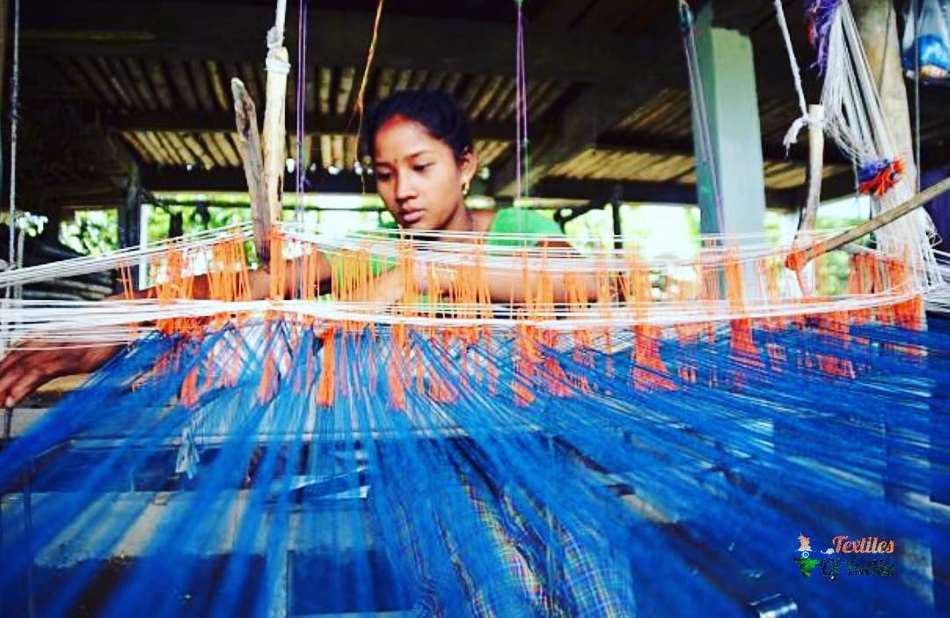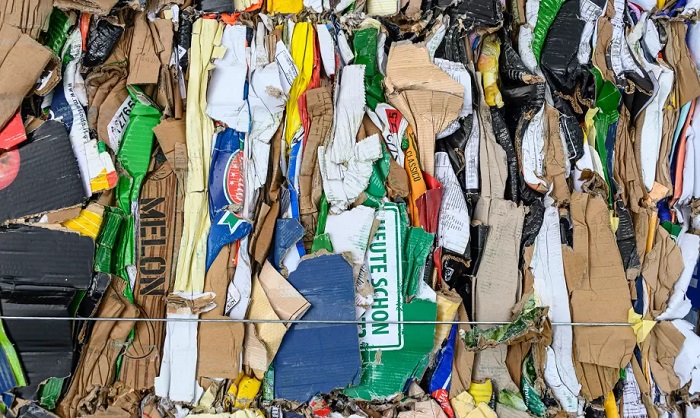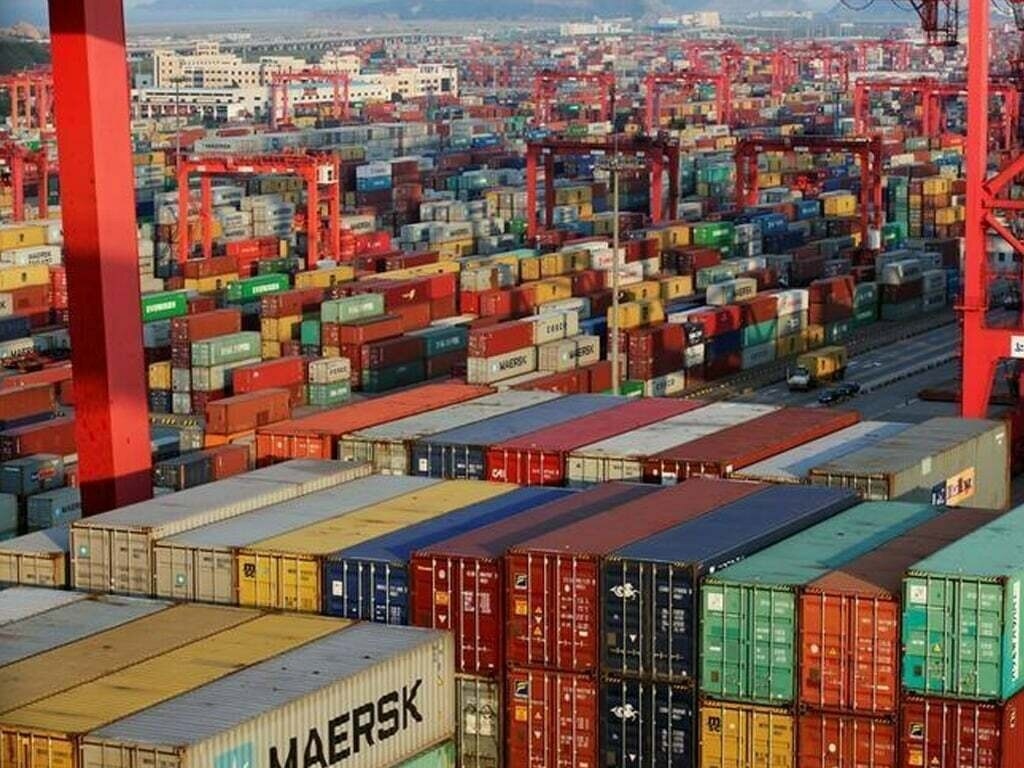
The Indian textile industry, once a global powerhouse, is facing significant challenges. Declining exports, ailing infrastructure, and fierce competition threaten its future. In a recent report, a Parliamentary Committee recognized the need for urgent action and called for a comprehensive National Textile Policy (NTP) to revitalize the sector. As per the Minister of Textiles, Government of India, "The textile industry is a vital contributor to our economy and job creation. A new National Textile Policy is essential to address the challenges and unlock the sector's full potential."
The need for a new policy
To begin with, India's textile and apparel exports have fallen by 11 per cent in the last five years as per Textile Ministry data. This decline is attributed to factors like rising production costs, outdated technology, and inadequate infrastructure. Over 100 textile units are currently classified as ‘sick’ impacting thousands of jobs and hindering industry growth. The industry struggles to compete with countries like Bangladesh and Vietnam due to lower labor costs and policy advantages. Also, the lack of a unified policy hinders progress
Table: Statistical overview
India's Textile and Apparel Exports: $42.4 billion in 2022-23
Number of Textile Mills: 2,500+.
Job Creation in Textile sector: 4.5 crore+
Then there is the issue of past policy limitations. The outdated National Textile Policy formulated in 2000, is outdated and lacks a holistic approach. Multiple state policies create inconsistencies and hinder national-level planning. Varying support across states creates an uneven playing field. Inadequate power supply, poor transportation networks, and limited access to quality raw materials hinder efficiency and raise production costs. Shortage of skilled workers, especially in technical areas, impedes innovation and productivity.
Stopping the export slide
There is an urgent need to limit the export slide. The focus needs to be on value-added products. Shift from basic textiles to technical textiles, functional apparel, and design-driven segments. Also, there is a need for fresh Free Trade Agreements (FTAs). Better trade deals with key markets to reduce tariffs and boost exports. Need for investing in automation, modernization, and R&D to improve efficiency and product quality. And building strong brands and promoting Indian textiles globally.
Strengthening ‘Make in India’
Another reason for a new policy is to attract investments. Create investor-friendly policies, infrastructure development, and single-window clearances. Establishing PM MITRA parks with integrated infrastructure and support services can attract investments and create job opportunities. Streamlining regulations, reducing bureaucratic hurdles, and providing single-window clearance can attract domestic and foreign investors
Self-reliance in raw materials
Promote domestic sourcing and reduce dependence on imported raw materials and encourage local production. Promote high-yielding cotton varieties, improve farming practices, and reduce wastage. Encourage domestic production of synthetic fibers like polyester and nylon. Promote sustainable sourcing and recycling of raw materials. Implement comprehensive training programs to create a skilled workforce. Ensure adherence to environmental and labor regulations to meet international quality demands. "Skilling and reskilling the workforce is crucial for the industry to compete globally and achieve self-reliance," points out President, Confederation of Indian Industry - Textiles Committee
The Indian textile industry stands at a crossroads. A comprehensive National Textile Policy, coupled with focused action on modernization, skill development, and self-reliance, can be the thread that weaves a brighter future for the sector. By addressing the limitations of existing policies and implementing strategic solutions, India can regain its position as a global textile leader.












